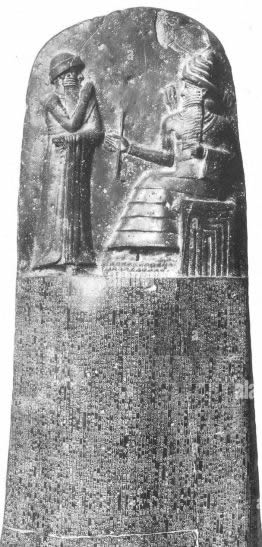Language/Assyrian-Neo-Aramaic/Culture/Family
Ancient Assyria[edit | edit source]
From the 21st century BC until the 14th century BC, Assyria, a significant ancient Mesopotamian civilization, existed as a city-state.
During the 14th century BC to the 7th century BC, it transitioned first to a territorial polity and then to an empire.
The Assyrian language, a Semitic language, was the primary language spoken and written by the ancient Assyrians.
The oldest wheel found was in Mesopotamia, yet archaeologists are unsure of its exact inventor.
The Assyrians probably utilized the wheel for the first time to make pottery in 3500 BC, and they probably employed it for their chariots in around 3200 BC.
Assyrian families[edit | edit source]
Families in Assyria were typically monogamous, with the home serving as the center of the unit. Archaeologists and historians have identified specific patterns in Ashur.
Assyrian family dynamics are emerging People used to be buried beneath their homes as a matter of tradition, thus we have household and skeletal remains that tell a tale.
Imagine a single family living in the same house and getting buried under it, generation after generation. Typically, the eldest son received the family home.
In a typical home, there would be a husband and wife, their kids, and frequently the wife's mother as well. Monogamous families were the norm.
The children of the legally acknowledged marriage had to be the legal children, or those who qualified as heirs, whether boys taking inheritance or girls receiving dowry.
between the woman and the spouse. The legal significance of the mother and father in establishing the foundation of the family was equal.
In the Assyrian culture, a man would typically marry after his father passed away because this is when he would traditionally get his inheritance.
The earliest age at which Assyrian women could reasonably be anticipated to survive pregnancy and childbirth was around thirteen or fourteen years old, when they were still children themselves.
Assyrians frequently owned slaves who belonged to the household in addition to the legally monogamous nuclear family in charge.
Many slaves may live in the homes of the richest households. We can see that there was more than one kind of relationship between the nuclear family and the house slaves.
Slaves were born into families because they were extended to include their offspring in perpetuity as well as themselves.
Additionally, because female slaves were considered the family's property in terms of sexual relations, many slaves were not just connected to one another but may also be half-siblings.
cousins or offspring of nuclear family members. A man's children with his slave were not part of his publicly acknowledged and legally nuclear family that is solely monogamous and, naturally, ineligible for inheritance. The kinship between the home's owners and residents The existence of slaves may help to explain why Assyrian families rarely sold their slaves unless they had very good justification.
We even saw the adoption of slave children into nuclear families in the most extreme grey regions. Nevertheless, there was a slave trade, mainly to sell prisoners of battle, and exotic foreign captives from beyond the Assyrian Empire were desired; for unidentified reasons, Anatolians were particularly sought-after.
The Assyrian royal family stood out from other families in a number of notable ways.
The royal household[edit | edit source]
The continuation of the regal dynasty was crucial. It was impossible to take the chance that no progeny would be born.
Not just his one legal wife, but all of the king's consorts' offspring were acknowledged in law as his heirs and qualified to rule as monarchs.
Ironically, the queen was in some respects less significant than average wives. We frequently don't even know the mother of a certain king —
The only thing that was legally significant was his relationship to the previous monarch, among other things.

